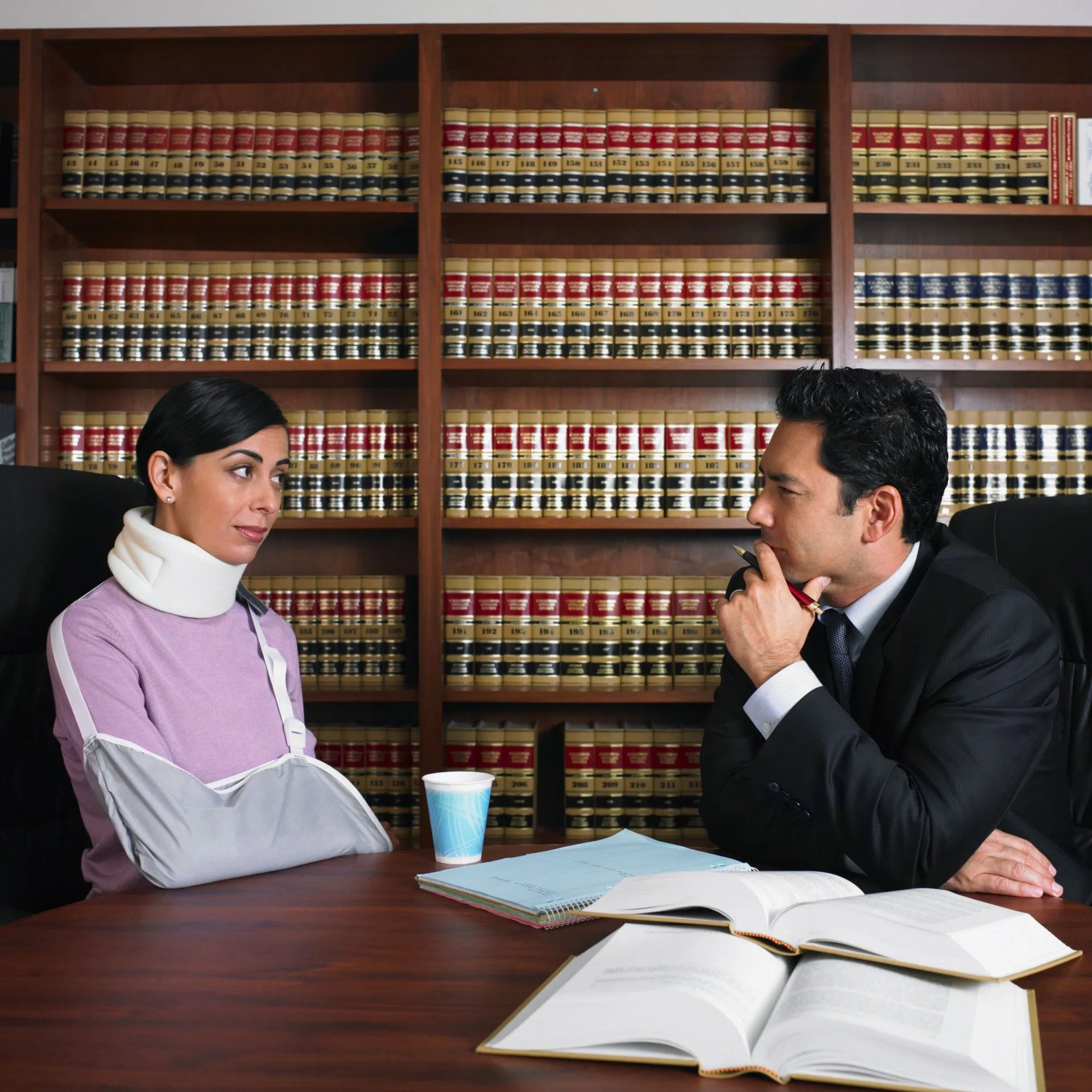Accidents can happen anywhere, and sometimes they occur on government-owned properties or involve government employees. If you’ve sustained injuries due to the negligence of a government entity, it’s essential to understand the unique process of filing a personal injury claim against them. In this article, we’ll explore the steps and considerations involved in pursuing a personal injury claim against a government entity.
Government Immunity
Government entities, whether federal, state, or local, are often granted a degree of immunity from lawsuits. This immunity varies from one jurisdiction to another and is subject to specific rules and exceptions. It’s essential to be aware of these immunity laws and exceptions when pursuing a personal injury claim against a government entity.

Types of Claims Against Government Entities
Personal injury claims against government entities can arise from a variety of situations, including but not limited to:
Slip and Fall Accidents: Injuries sustained on government property due to unsafe conditions.
Auto Accidents: Collisions involving government vehicles or accidents caused by government employees.
Medical Malpractice: Negligence by healthcare providers working in government-owned facilities, such as public hospitals.
Defective Products: Injuries caused by defective products used or distributed by government agencies.
Police Misconduct: Excessive use of force, false arrest, or other misconduct by law enforcement officers.

Steps to File a Personal Injury Claim Against a Government Entity
Notify the Government Entity: Typically, you must notify the government entity involved in your claim within a specific time frame. This notice informs the government of your intention to pursue a claim and varies by jurisdiction. Failure to meet this deadline may result in the loss of your right to file a claim.
Document the Incident: Gathering evidence is crucial. Document the incident by taking photographs, obtaining witness statements, and preserving any relevant records.
Seek Medical Attention: Ensure you receive prompt and appropriate medical care for your injuries. Medical records are essential for your claim.
Consult an Attorney: Given the complexity of claims against government entities, it’s advisable to consult with a personal injury attorney who has experience in this area. They can help you navigate the specific rules and procedures, ensuring you meet all the necessary requirements.
File the Claim: Your attorney will assist in filing the claim against the government entity. This often involves completing specific forms and adhering to filing deadlines.
Negotiation: The government may respond to your claim with a settlement offer. Your attorney will negotiate on your behalf to reach a fair resolution.
Litigation: If negotiations do not lead to a satisfactory settlement, you may need to pursue a lawsuit. Litigation involves presenting your case in court, and your attorney will guide you through the process.
Challenges in Suing Government Entities
Suing government entities presents unique challenges, primarily due to immunity laws and limitations on damages. Government immunity may limit the amount of compensation you can receive. However, in cases of gross negligence or intentional misconduct, exceptions to immunity laws may allow for higher damages.
Conclusion
Filing a personal injury claim against a government entity is a complex process that requires a clear understanding of the specific rules and procedures. Consulting with an experienced personal injury attorney is essential in navigating these complexities and ensuring you protect your rights and seek the compensation you deserve. If you’ve been injured due to the negligence of a government entity, seeking legal counsel is often the best way to pursue your claim effectively.
